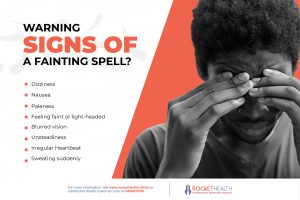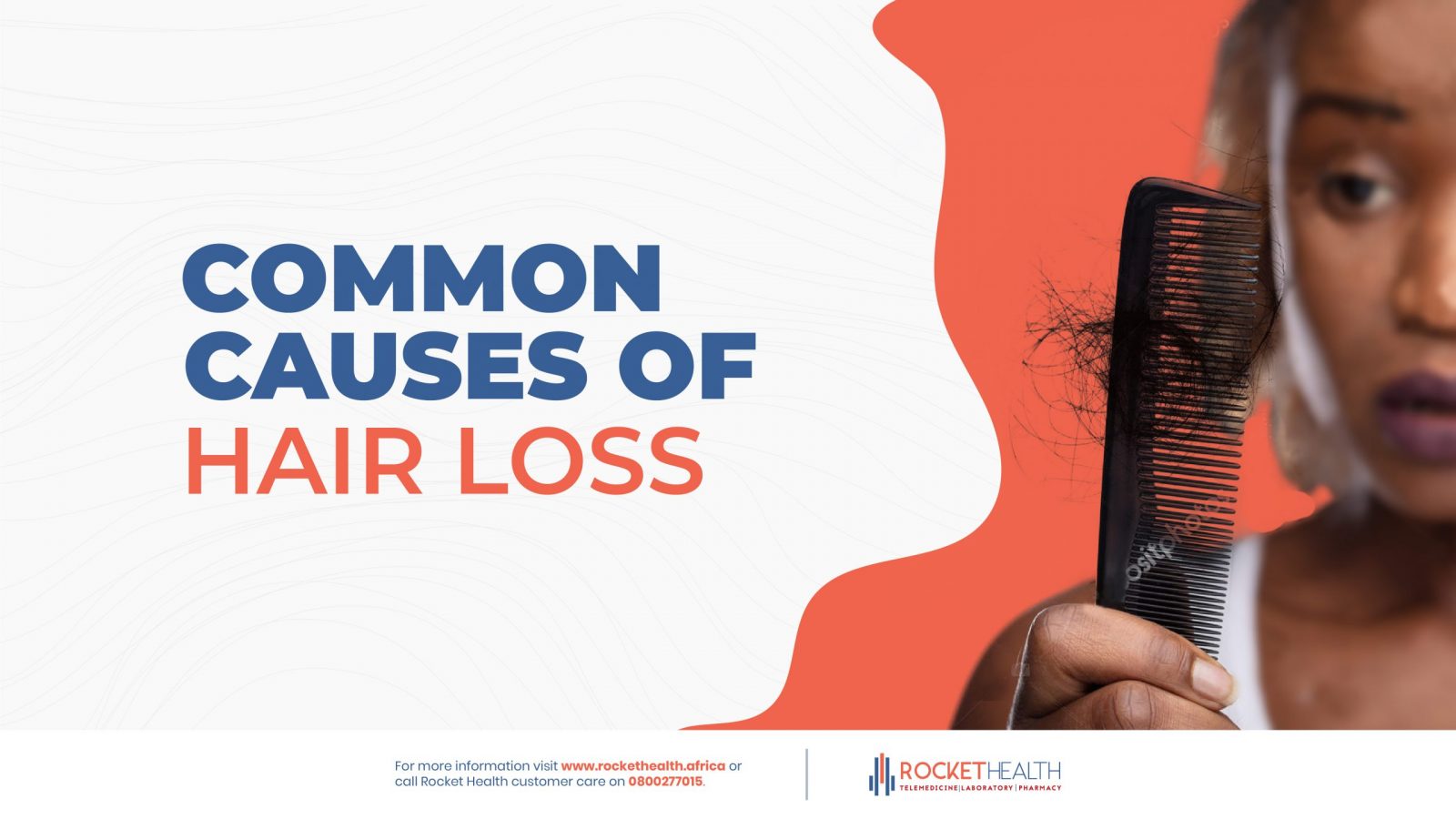What is fainting?
Fainting also called syncope is defined as a sudden or brief loss of consciousness. It excludes seizures, comas, shock, or other states of altered consciousness.
How does it happen?
Fainting happens when there’s decreased blood flow to one’s brain, causing one to briefly lose consciousness. It is a matter of concern for people with a history of heart complications or fainting while exercising or serious underlying medical conditions.
Causes of fainting
- Emotional triggers like anxiety, fear or extreme excitement. Some people also faint at the sight of blood. This condition is called vasovagal syncope.
- Fainting can also happen when one stands up after sitting or lying down, and their blood pressure drops drastically, causing dizziness, lightheadedness or a brief loss of consciousness. This condition is called orthostatic hypotension.
- Fainting is common among people with a history of heart complications like heart attacks, surgery, disease or an irregular heart rhythm.
- Having low blood sugar levels (hypoglycemia) can also cause fainting. It is managed by taking something sweet or hydrating.
- Pregnancy may cause fainting because of the changes in blood volume.
Take Note:
It’s highly rare for someone to faint for no particular reason, especially during physical activity. Sudden fainting without any prior warning signs, such as lightheadedness, dizziness or nausea, must be assessed by a health care provider.
Young people without a prior history of heart disease may experience fainting as the first clinical symptom of an underlying heart condition.
When to get a medical assessment.
- Hurt yourself during an episode (i.e if you hit your head on a hard surface).
- Have chest pain, palpitations (fast or irregular heartbeats), or experience shortness of breath.
- Had a seizure.
- Fainted during exercise or any other physical activity.
- Have fainted more than once
Warning signs of a fainting spell

- Dizziness
- Nausea
- Paleness
- Feeling faint or light-headed
- Blurred vision
- Unsteadiness
- Irregular heartbeat
- Sweating suddenly
First aid for fainting.
If you feel faint
Lie down or sit down. To reduce the chance of fainting again, don’t get up too quickly.
Place your head between your knees if you sit down.
If someone else faints
- Position the person on his or her back in an open space that is well aerated avoid.
- If there are no injuries and the person is breathing, raise the person’s legs above heart level.
- Loosen belts, collars or other tight clothing.
- Check for breathing rate. If the person isn’t breathing, begin CPR while calling for emergency medical assistance. Continue CPR until help arrives or the person begins to breathe.
- If the person has injuries, do not move them to avoid making the situations worse. Wait until they gain consciousness.
- If the person was injured in a fall associated with a faint, treat bumps, bruises or cuts appropriately. Control bleeding with direct pressure.
- If the person doesn’t regain consciousness within one minute, call for emergency medical assistance or Rocket Health.
Prevention.
- Routine body checks to diagnose underlying conditions and have them managed. (Request a general body check-up).
- Hydrate or drink plenty of water.
- Have a well-balanced meal and on time.
- Manage stress and find healthy ways to deal with stress.
- People who have heart disease or complications should limit excessive exercise.
For more information, consult our doctor online.


